My company is using Kiln so developers can use their preferred tool between Git and Mercurial. I’m a Git user and never used Mercurial.
There are some incomprehensions in the use of branches with Kiln. When I create a new branch using the Kiln interface, it, in reality, creates a new repository, not a branch. Even if Kiln displays it as a "branch" and not a "repository". And when I clone the repository in Git, git branch -a does not show me the remote branch I just created. I need to clone every pseudo-branch independently.

On the other side, if I create a branch in Git and push it to the remote, it does not create a branch on Kiln but some kind of "sub-branch" called a "head" visible in all branches. Very confusing. But there is apparently no way to create these "sub-branch" that work perfectly with Git via the Kiln interface. I also don't know if they work well on Mercurial.

$ git branch -a
* master
remotes/origin/HEAD -> origin/master
remotes/origin/feature2
remotes/origin/master
I’m convinced this is related to the pro-Mercurial "philosophy" of Kiln. I made some researches on Mercurial and find out that the branch system is completely different from Git. It is normal to clone the repository to create a branch while in Git it is non-sense. Mercurial has also "named branches" which cannot be deleted and their use is discouraged by the Kiln developers. Can my "sub-branches" be actually "named branches"? The problem is that I can delete those "sub-branches" using git push origin :sub-branch.
The answer must be obvious since branching is an important features of both Mercurial and Git and Kiln must have done a simple and elegant way of doing branch working using both tools. But I’m unable to figure out the logic of Kiln. I’m afraid Kiln may be too Mercurial-friendly and that the Git support may be more like a hack.